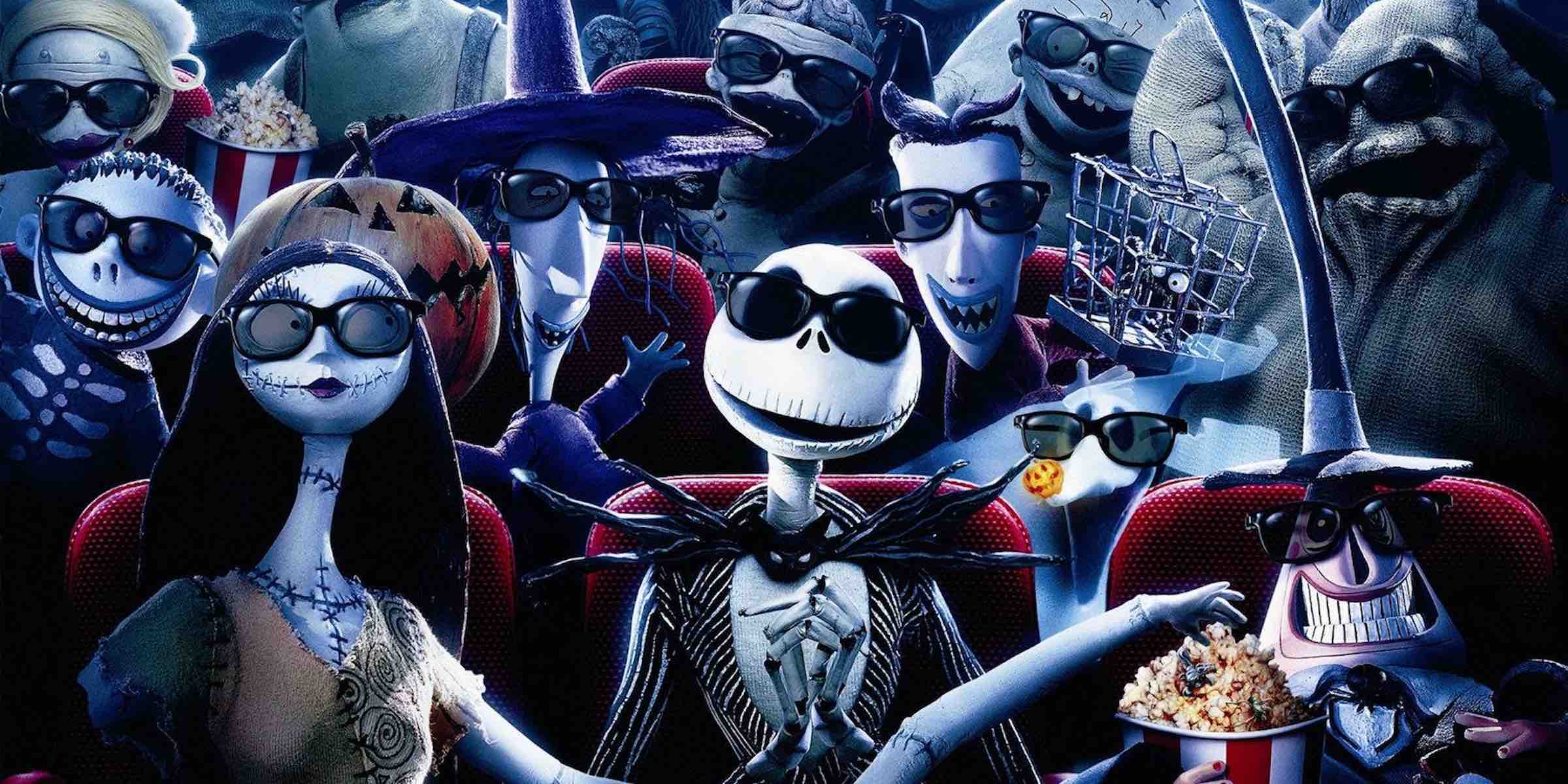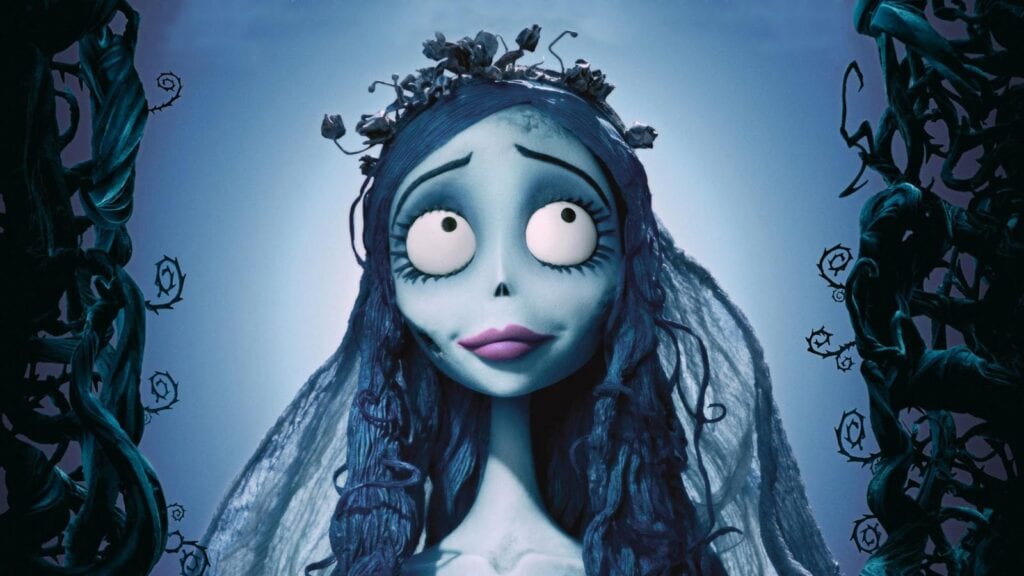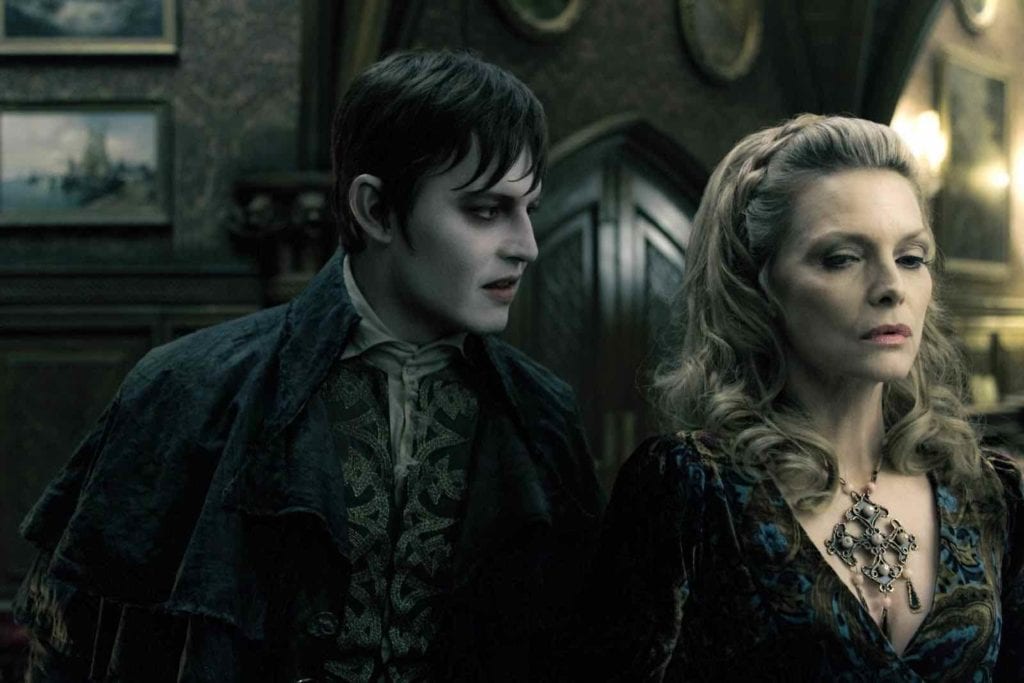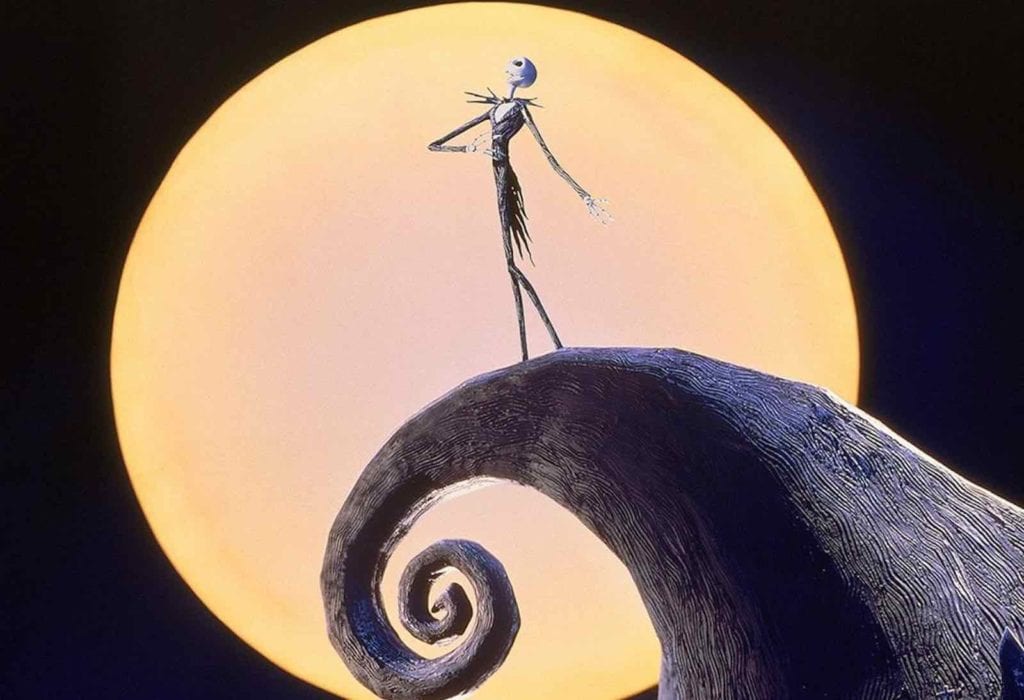
‘Nightmare Before Christmas’: Which Tim Burton characters are missing?
Are you ready to tumble down the rabbit hole into Halloweentown once more? Thirty years have passed since “The Nightmare Before Christmas” first cast its spell on audiences, and the film’s director, Henry Selick, is brewing thoughts of a prequel, not a sequel. In an age where movie franchises are extended beyond their natural lifespans, Selick believes the original story’s charm remains untarnished by time.
In conversation with People magazine, Selick muses over the untold origins of Jack Skellington, the beloved Pumpkin King. Rather than tacking on to a tale already perfectly told, he pitches the idea of exploring Jack’s ascent to Halloween royalty. For Selick, a sequel simply doesn’t make the cut; “The Nightmare Before Christmas” stands alone, a singular moment of cinematic magic that shouldn’t be disrupted.
Chris Sarandon, the iconic voice behind Jack, echoes Selick’s enthusiasm for revisiting the character, albeit for a prequel. With a resounding “Fuck yeah,” as quoted by People, Sarandon would leap at the chance to once again bring Jack to life. This sentiment underlines the enduring legacy of the film, which continues to captivate viewers old and new on Disney+.

The Man Behind the Pumpkin King
But who is the true mastermind behind “The Nightmare Before Christmas”? While Tim Burton’s name is often first associated with the film, it was Henry Selick who steered the ship as director.
Despite Burton’s involvement in the story and character design, Selick was the one who animated the vision into reality. Speaking to AV Club, Selick addresses the overshadowing of his role and the film’s misattribution to Burton, sparked by a last-minute marketing decision.
Selick’s direction gave life to the macabre yet heartwarming tale, a fact he feels is often overlooked. The misconception is a shadow he’s worked to step out from, particularly with successes like “Coraline” and his latest venture, “Wendell & Wild” on Netflix. His collaboration with creative forces like Neil Gaiman and Jordan Peele signifies his commitment to teamwork and his pivotal role in the creative process.
Despite the muddied waters of credit and recognition, Selick harbors no bitterness. Instead, he cherishes the collaborative spirit of filmmaking, whether it’s being celebrated for illustrating Danny Elfman’s music or for his directorial prowess in bringing animated worlds to vibrant life. His narrative is one of persistence, a journey toward being recognized as a creator in his own right.

A New Era of Revivals
Tim Burton’s name is synonymous with revitalization, as seen in the triumphs of Wednesday and the anticipation surrounding Beetlejuice 2. But as we revel in these resurrections, we’re led to wonder: what other treasures from Burton’s chest could be ripe for revival? His knack for marrying the macabre with the mainstream suggests a world of possibilities.
Burton’s work on “The Nightmare Before Christmas” was inspired by the likes of Dr. Seuss’s “How the Grinch Stole Christmas!” Could this mean a future where Burton’s gothic flair reimagines the Grinch? His track record with “Wednesday” and the buzz around Beetlejuice 2 certainly points to a potential goldmine in revisiting the green-furred recluse of Whoville.
Yet, Burton’s brush with the Grinch is not just a fan’s daydream. He was nearly at the helm of the 2000 “How the Grinch Stole Christmas” before Ron Howard took the reins. With a penchant for the fantastical, Burton’s earlier films like “Beetlejuice” and “Edward Scissorhands” make fans yearn for what could have been with the Grinch.

Time Waits for No One—Or Does It?
The ticking of the clock hasn’t dampened the desire for Burton’s unique vision. The gap between installments can sometimes enhance the thirst for a fresh take. Just as Burton revisited the Addams family with Wednesday, decades after passing on the 1991 film, he could circle back to the Grinch, a project he once set aside.
This isn’t just hopeful speculation. It’s a pattern observed in Burton’s career—a return to projects that align with his darkly whimsical aesthetic. If he can bring the same originality to the Grinch as he did with Wednesday, the chances of another hit are as promising as a full moon on Halloween.
As we ponder the prospects of Jack Skellington’s past and the Grinch’s future revival, we can’t help but marvel at the enduring influence of Burton and Selick in the realm of dark fantasy. In a cinematic landscape constantly chasing the next big hit, could the key to success lie in the art of the revisit? And if so, what other beloved characters might find new life under the guidance of these visionary directors?







